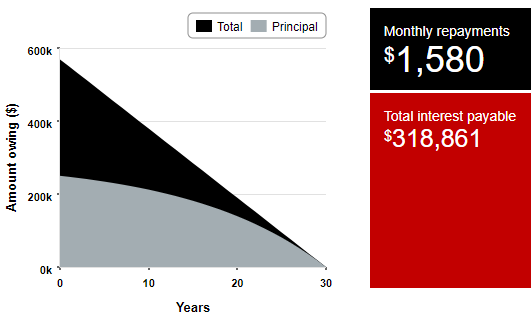Mortgage Insurance is required when you have less than 20% down. It serves to protect the lender in case you default on your mortgage (because by putting less than 20% down, you are deemed a more risky borrower).
If you’re in this down payment bracket of less than 20% down, we have to make sure that you qualify with both the bank’s rules and guidelines and the Mortgage Insurance (MI) company’s rules. This can pose limitations when, for example, the bank allows certain criteria, but the MI company won’t insure on that same criteria, i.e. you can’t get the loan.
SO … the big change I need to share with you is that the MI companies have cut back the max Debt-to-Income (DTI) ratio down to 41.0% max (it was 55.0%).
Your DTI ratio is the total housing debt (Mortgage, MI, property taxes and insurance) plus any other monthly minimum payment liabilities (car loan, student loans, credit cards…) divided by your monthly gross income. This is a massive cutback from the previous 55.0% (which banks allowed with the automated approval system). This sort of a change can translate to a difference in buying power of ~$100,000 (as in, you could have previously qualified for a $450k purchase, and now you can only qualify for a $350k purchase).
That’s definitely the bad news. The good news is that some banks have an exception basis with the MI companies, where you may qualify at a higher DTI ratio if you have compensating factors. Compensating factors can include significant reserves in the bank (assets remaining after down payment and closing costs), excellent credit and stable employment history, but these are all considered on a case-by-case basis and are definitely not guaranteed.
Cutbacks like this are starting to make FHA loans look pretty good…



Trackbacks/Pingbacks